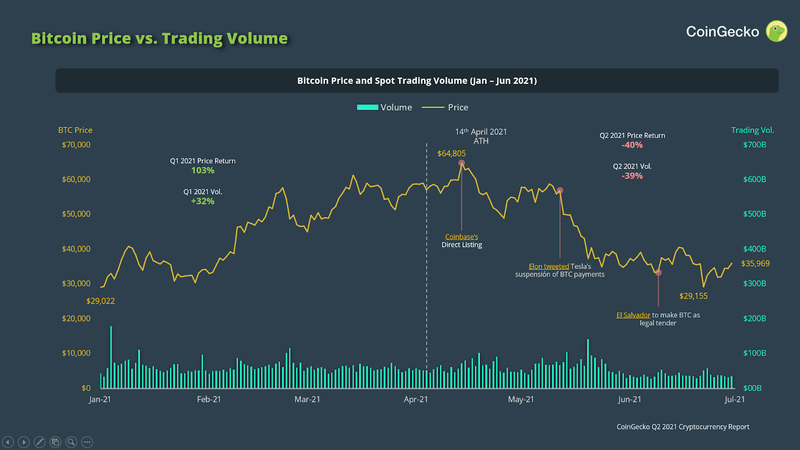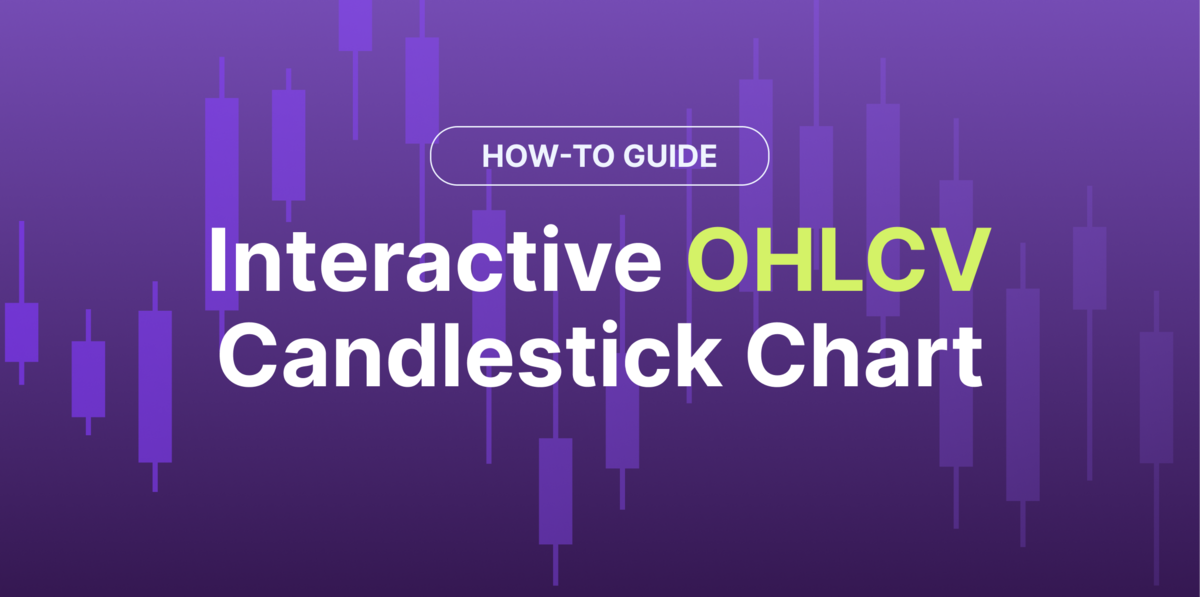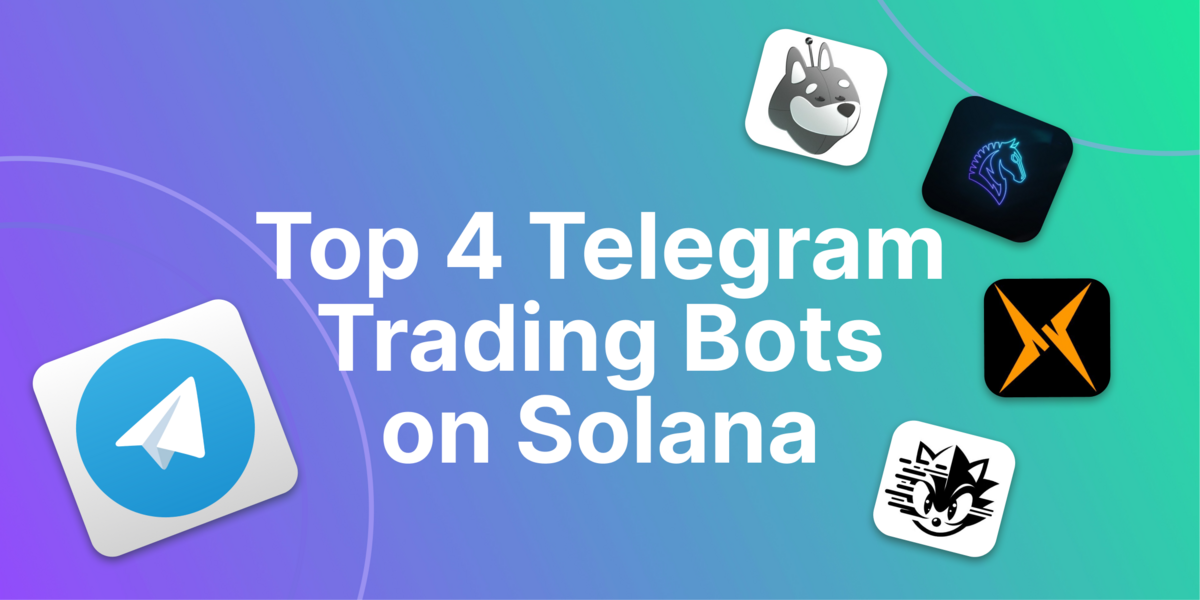In Q2 2021, the top-30 crypto market capitalization has cooled down after hitting a peak of $2.5 trillion in May 2021. Q2 ended with China banning mining (for real this time) while being globally scrutinized for its environmental impact. However, we believe this is just another tiny bump towards worldwide adoption. It has already begun with El Salvador, the first country to adopt Bitcoin as legal tender!
Before moving on, we are happy to announce that we have just released two new DeFi books under our How to DeFi series:
- How to DeFi: Beginner
- How to DeFi: Advance
The beginner version is an updated of our previous book, while the advanced version is a more in-depth dive into DeFi.
Here are our top-8 Q2 2021 crypto highlights:
- Dogecoin flew to the moon as it gained 366% and outperformed the Top-5 cryptocurrencies
- Bitcoin ended Q2 2021 at $35,969, a 44% decline from it's All-Time High
- BSC and Polygon are leading the DeFi expansion beyond Ethereum
- Despite not being in the top-5 cryptocurrency, SHIB outperformed DOGE as it ended the quarter with an 11,566,501% return
- Gaming NFTs saw renewed interest, although floor prices have also dropped
- Axie Infinity’s trading volume 131X Year-to-Date, signaling the explosive growth in its popularity
- Corresponding to volume increase, Axie Infinity saw its revenue grow 118x in the same time frame.
- Spot exchange volume had its monthly high in May at $3.5 trillion before it dropped 60% in June 2021.
-
Dogecoin flew to the moon as it gained 366% and outperformed the Top-5 cryptocurrencies

In Q2, the market entered into a meme frenzy. Dogecoin price led the pack with an impressive 366% gain. Meanwhile, Bitcoin price suffered a loss of 40%. Overall, top-5 cryptocurrencies underperformed from the previous quarter -
Bitcoin ended Q2 2021 at $35,969, a 44% decline from its All-Time High

After hitting its all-time high in April, Bitcoin has since tapered off. In Q2, Bitcoin hit its lowest price in 2021, briefly touching $29,154 on 22nd June. This represents a 55% drawdown.Bitcoin ended Q2 2021 at $35,969, a 40% decline in price, and consolidated between the $30,000 to $36,000 range.
The large sell-off can mainly be attributed to:
-
Tesla no longer accepts BTC as a medium of exchange due to its environmental impact.
-
The Federal Reserve may raise interest rates sooner than expected to curb higher than expected inflation.
-
Regulations from China clamped down on Bitcoin mining.
-
Overleveraged traders resulted in cascading liquidations.
-
-
BSC and Polygon are leading the DeFi expansion beyond Ethereum
 Despite the 65% total TVL quarterly growth, Ethereum Ethereum saw its TVL drop from 93% to 79% in Q2. Cheaper alternatives such as BSC and Polygon are slowly taking over.
Despite the 65% total TVL quarterly growth, Ethereum Ethereum saw its TVL drop from 93% to 79% in Q2. Cheaper alternatives such as BSC and Polygon are slowly taking over.
Undeterred by numerous hacks (e.g., PancakeBunny and Venus), BSC captured 13% of June’s TVL share. This represents an almost 2x increase from March.
The delay of Ethereum scaling solutions (e.g., Optimism and Abritrum) probably has been the main factor to the 5% growth of Matic’s dominance. DeFi heavyweights have also set up shop, including 1inch Network (1INCH), Aave (AAVE), and Curve (CRV). TVL for these protocols rose as a result.
-
Despite not being in the top-5 cryptocurrency, SHIB outperformed DOGE as it ended the quarter with an 11,566,501% return
 At peak, if you were to buy Shiba Inu at $1 at the start of the year, you would have gotten $456,929!
At peak, if you were to buy Shiba Inu at $1 at the start of the year, you would have gotten $456,929! -
Half of the quadrillion SHIB was sent to Vitalik Buterin – Co-founder of Ethereum. The logic is akin to burning the tokens because they assumed he would not cash out the tokens.
However, Vitalik sent 50 Trillion SHIB ($1B at the time) to India Covid Relief Fund on 12th May 2021. Subsequently, he burnt 90% of his SHIB and as a result, SHIB price has gone down by 75% since.
-
Gaming NFTs saw renewed interest, although floor prices have also dropped
 Newer games like Alien Worlds and R Planet saw large spikes in interest in Q2 but have since slowed down. Alien Worlds token was listed on Binance on 13 April and peaked in April at $9.05. R Planet released their R-Planet Land on 14 April 2021 and peaked in May at $342.47.
Newer games like Alien Worlds and R Planet saw large spikes in interest in Q2 but have since slowed down. Alien Worlds token was listed on Binance on 13 April and peaked in April at $9.05. R Planet released their R-Planet Land on 14 April 2021 and peaked in May at $342.47.
Floor prices for incumbents (established before 2020) have been relatively stable throughout Q2, except for F1 Delta Time, which dropped significantly from $3,534 in February to $751 in June.
However, one thing to note is the massive growth Axie Infinity has seen in terms of sales volume – it is now 1st for gaming NFTs and ranked 3rd overall NFT collectibles.
-
Axie Infinity’s trading volume 131X Year-to-Date, signaling the explosive growth in its popularity
 Although Axie Infinity (AXS) has been around for more than three years, its popularity did not take off until 2021.
Although Axie Infinity (AXS) has been around for more than three years, its popularity did not take off until 2021.
Monthly sales volume for Axie Infinity trended upwards in February 2021 after its Phase 1 launch of its sidechain, Ronin. However, Phase 1 only allowed land-based assets to be migrated.
The real catalyst came in May 2021 when Axies were migratable and could be traded freely on Axie Infinity’s Ronin-based marketplace. The surge in media hype, especially around Axie Infinity’s Play-to-Earn elements, led to a 131x increase in 6 months.
-
Corresponding to volume increase, Axie Infinity saw its revenue grow 118x in the same time frame.
 Revenue for Axie Infinity is generated from breeding fees and trading fees. Each time an Axie breeds, it requires 4 AXS, all of which is sent to the protocol’s treasury. As for trading fees, each time an asset gets sold on the marketplace, Axie Infinity receives 4.25% worth of trading fees in ETH.
Revenue for Axie Infinity is generated from breeding fees and trading fees. Each time an Axie breeds, it requires 4 AXS, all of which is sent to the protocol’s treasury. As for trading fees, each time an asset gets sold on the marketplace, Axie Infinity receives 4.25% worth of trading fees in ETH.
With the Ronin Side Chain Phase 2 implementation, revenue ballooned along with trading volume. Within 6 months, Axie Infinity’s revenue went up by 118x.
Notably, breeding fees surpassed marketplace fees in May 2021, likely due to the Ronin migration (thus lowering the costs of breeding operations) and the increased demand for Axies. In June alone, breeding fees accounted for $6.9 million of total revenue (57%).
-
Spot exchange volume had its monthly high in May at $3.5 trillion before it dropped 60% in June 2021.
 Overall, Q2 spot trading volume across the top-10 centralized and decentralized exchanges grew from $4.4 trillion to $7.4 trillion (+69%).
Overall, Q2 spot trading volume across the top-10 centralized and decentralized exchanges grew from $4.4 trillion to $7.4 trillion (+69%).
The $3 trillion growth was driven by CEXs, which contributed to 88% of the quarter’s increase.
DEXs recorded higher growth than CEXs (growth rate of 131% vs. 65%) and contributed to 12% of Q2 total growth.
The DEX-CEX ratio has increased from 6.7% in Q1 2021 to 9.4% in Q2 2021.
However, the total trading volume of both exchanges has decreased by nearly 60% in June, ending the quarter with $1.43 trillion, which is $2.1 trillion lower than May.
This is just a fraction of what we cover in our report - Grab your copy of the full report:

(Psst! CoinGecko users can easily grab all our latest reports right here!).
Like what you see? Here are two ways you can get more:
Sign up for our newsletter to get daily crypto updates

Erina is CoinGecko’s market research analyst. Current expertise is finance and crypto - DeFi. Previously in research consulting and often did market analysis.

















 Or check it out in the app stores
Or check it out in the app stores